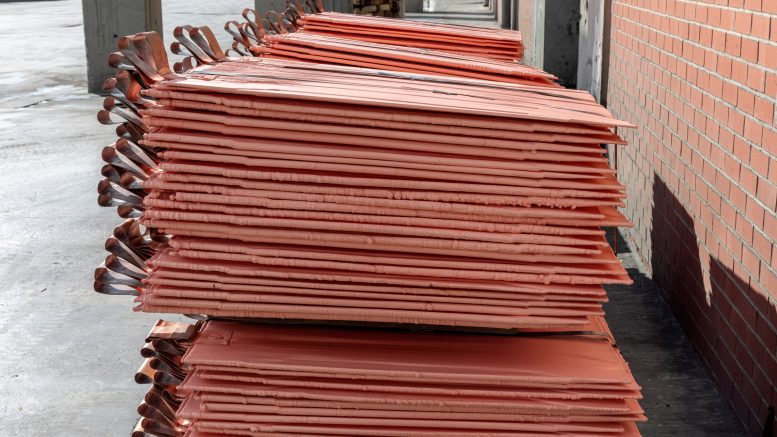The current and consensus forecast copper price levels are insufficient to incentivize the new supply that will be needed as the world moves to a fully electrified economy, a senior Stifel GMB analyst tells The Northern Miner.
According to Egizio Bianchini, vice-chairman and Stifel’s head of metals and mining investment banking, the copper industry’s average price and company valuation multiples both need to increase significantly for the industry to even “attempt to deliver an aggressive supply response to expected demand,” he said in an interview.
“The global copper industry is undersized and undercapitalized to deliver a strong supply response to what is expected to be a firm demand profile,” Bianchini said.
According to the Stifel executive, notwithstanding the high margins the sector is currently enjoying, the copper price remains well below incentive pricing when considering the risk factors associated with developing, financing and building a mine in the current environment.
Among the factors increasingly stifling mine development are unpredictable and additional environmental regulations, ESG-related considerations, a deteriorating geopolitical environment, seemingly high incentives for governments to increase their portion of the ‘financial pie’ (also known as resource nationalism), dramatically increasing inflation for goods and services, and the expanding timeframes for executing mine development and construction.
Despite those headwinds, the copper price appears robust compared to trailing prices. At face value, forward-looking copper pricing expectations appear strong enough to entice significant new production to come on stream. However, it’s not that simple, explains Bianchini.While the established global copper producers are generating margins that historically would have resulted in the addition of substantial new supply, Bianchini says there’s a 12-million-tonne-per-year copper supply gap emerging from 2025 onwards. “Nothing is coming down to supply pipeline even nearly to cover the missing metal,” he says.
The top seven public copper producers combined fail to reach a market capitalization of a single top technology company by a long shot,” he said.
What does it all boil down to? The prospect of much higher copper prices down the line.
Rising financial risk
For illustrative purposes, Bianchini created a fictional copper company, Universal Copper Inc., to demonstrate the sensitivities involved in putting together a finance package for an average copper project. In this scenario, Universal Copper’s project is located in South America. Assuming a 60% debt and 40% equity financing package, US$1.9 billion of the initial capex would be funded through debt.
However, Bianchini notes the size of the debt package would be difficult to stomach for traditional mining credit funds as the average preferred participation is closer to US$200 million. Also, banks prefer to take a smaller hold size, meaning a huge bank syndicate would be required. That would be difficult to manage because it could require at least 10 banks in the syndicate.
Bianchini also notes that banks would want significant participation from export credit agencies and development finance institutions (ECAs/DFIs), which could account for the lion’s share of the debt package. “Also, given the location in South America, it is likely that country allocation limits for banks and development institutions (DFIs/ECAs) will arise,” he says.
Meanwhile, according to Bianchini, slipping project execution and construction timetables of about five years on average also present a problem.
Another consideration for Universal Copper would be that its lenders would want equity to take priority to help further reduce the period until the first debt service. These days, the typical fund tenor is closer to seven years and will therefore be very sensitive to delays or issues with the ramp-up or the commissioning of a new project.
“Even with banks who can typically go up to ten or twelve years, with ECA guarantees, there will be considerable focus on commissioning, the ramp-up and unexpected delays,” Bianchini said.
On top of these points, Bianchini notes that a project proponent would also require a large insurance package, and lenders would likely demand some form of political risk insurance.
“This, of course, all takes tremendous due diligence. In the current market, lenders will be very focused on EPC contracting strategy, supply contracts and cost inflation protections.”



Be the first to comment on "Higher copper prices needed to incentivize new production, says Stifel exec"